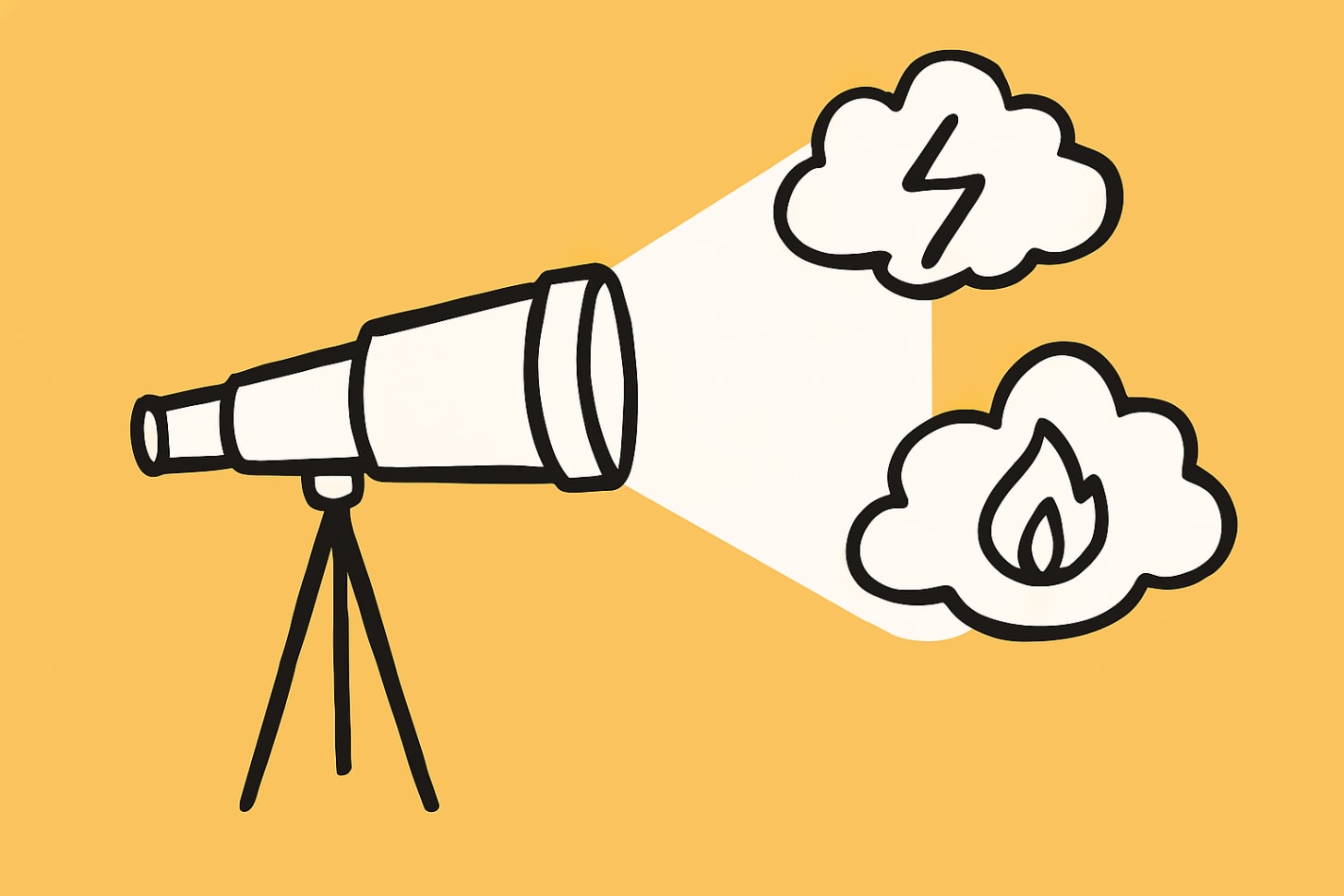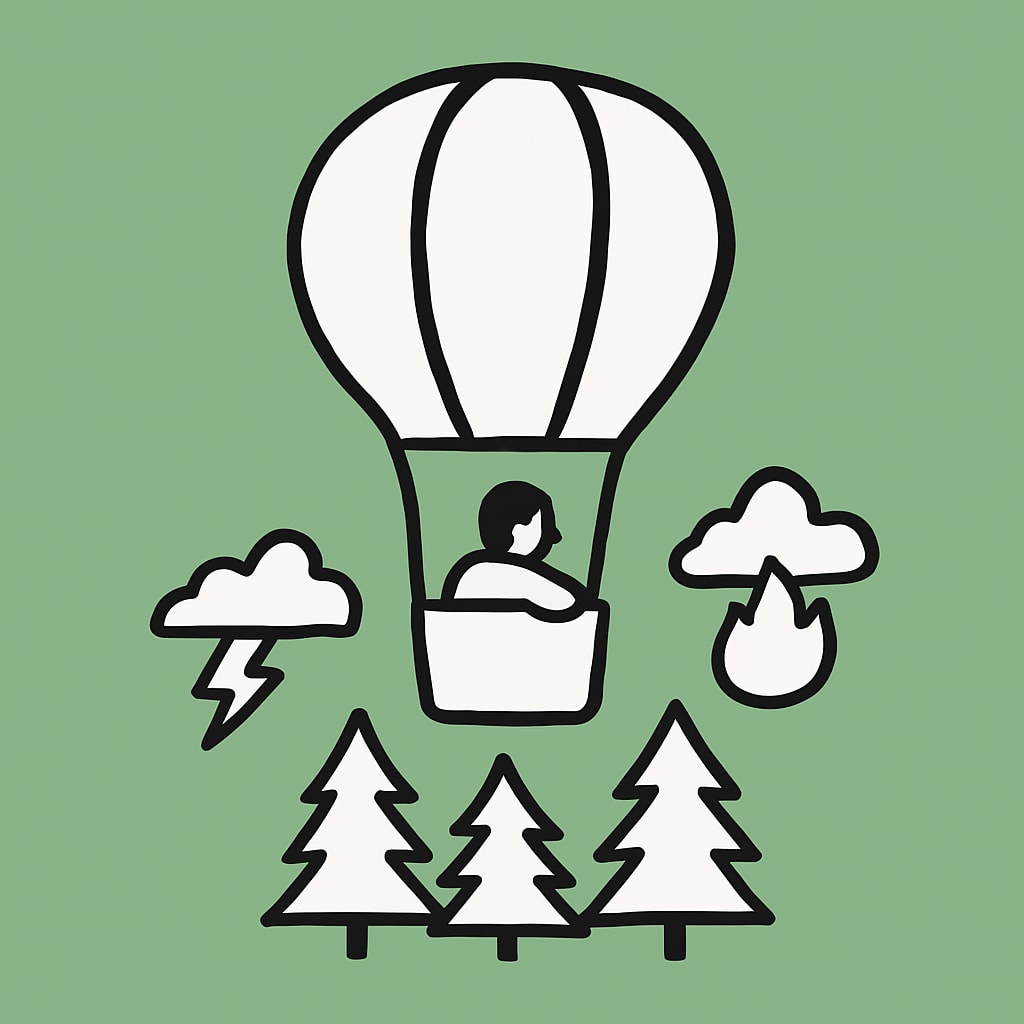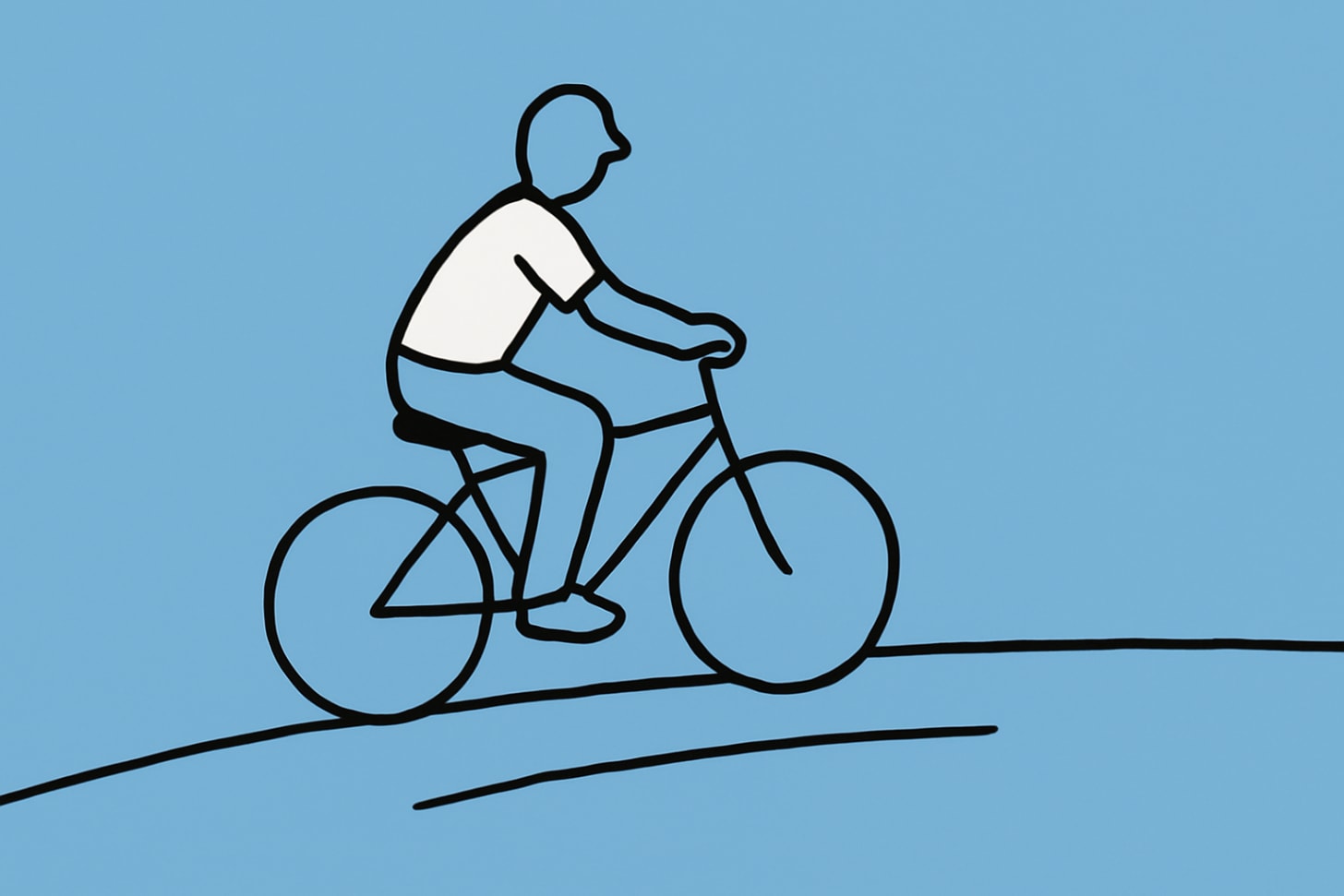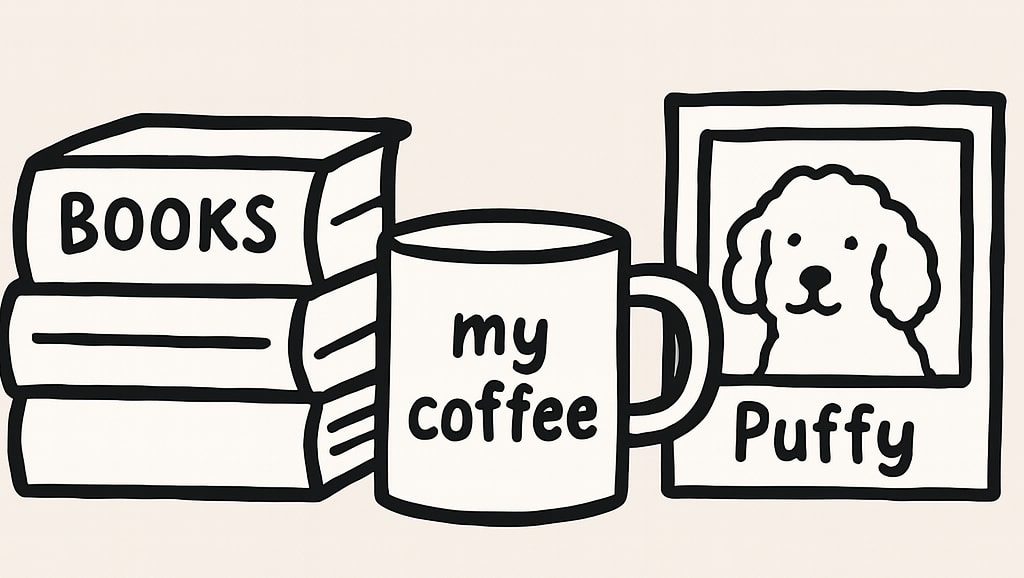Thank you all! Our community has reached its first goal: more than 1,000 subscribers!
Your trust and support mean a lot. I’m deeply grateful to everyone who has joined me on this adventure.
We all experience anxiety to different degrees, yet few of us have ever been taught how to deal with it.
I believe that for most of us, simply understanding what anxiety is can already make a big difference.
In this post, I’ll share what I’ve learned — what has worked for me, and for many people I’ve talked to.
Note: If anxiety interferes with your daily functioning for too long, or if you’re having panic attacks, or avoiding important activities, consider reaching out to a specialist.
At its core, anxiety operates under a simple but powerful condition:
Everything starts with a controlling mind and a firm identification with it — “I am my mind.”
Identification with the mind means believing that you are your thoughts. In other words, if your thoughts are wrong, you are wrong too — or the other way around.
When you don’t identify with your mind, you accept that a thought is not the truth; it is just a thought.
The trigger is usually a perception — a situation that opens the possibility for discomfort, change, or any kind of threat to the status quo.
From there, the mind begins its work:
It takes the perception and imagines the most likely worst-case scenarios.
It amplifies the urgency of the situation and alerts the senses and body to imminent danger.
It becomes unable to focus on anything other than the perceived threat.
Each new perception, thought, or sensation confirms the original fear, creating a vicious cycle.
That cycle manifests as the familiar sensation of anxiety.
So here’s my attempt at a definition:
Anxiety is the effect of fearing a scenario that hasn’t happened yet.
Why is anxiety so pernicious?
Because it’s a psychological cascade of detrimental thoughts — and we often see no option but to accept them as reality.
But if we can’t trust our mind — in a world that constantly tells us to be rational and smart — then what can we trust?
Such a tricky question.
Let’s look at the evidence:
Most worst-case scenarios never happen.
We make bad decisions when we can only see a few options.
We make bad decisions when we rush to decide.
A better question, then, might be:
Why should we unconditionally trust our mind if its past judgments have been less than perfect?
On many occasions, our workplace or professional environment causes and reinforces anxiety. These are cultures where predictability, performance, and outcomes are used as measures of worth — sometimes even as threats.
An excess of control affects every team member, and that tension builds up. No matter where it comes from, anxiety is still anxiety, and we need to deal with it.
When we listen to our mind but take its thoughts with a grain of salt, we open the scope of our perception.
We reduce urgency, give ourselves time to explore other alternatives, include other people, and even ask for help.
When we learn to question our thoughts, we begin to develop intuition.
That intuition is similar to a hunch; it comes in the same way as good ideas. It’s difficult to justify rationally, but a master has learned to interpret and trust it.
Let’s not forget that many great specialists are renowned not just for their knowledge, but for their intuition — the wisdom that arises when the mind becomes quiet.
In my view, the components of anxiety are:
A false idea of self: identification with the mind.
A misinterpretation of fear: the mind mistakes urgency for effectiveness.
A detrimental cycle of fear, validation, and scenario ideation.
Lack of awareness of what is happening.
Lack of knowledge on how to disrupt the cycle.
Feeling anxious is not a failure; it might even be useful when we recognize it fast enough.
There’s no reason to feel shame for feeling anxious — especially because we often feel anxious about the possibility of experiencing anxiety itself.
What we want is to learn to disrupt it.
Becoming aware enough to say “I’m feeling anxious” is already a huge step toward breaking the cycle.
In my experience, my mind tends to obsess — constantly searching for alternatives and new scenarios — and that process drains my energy.
When we spend too much psychological energy on something, pessimism quickly follows.
That’s why we need an activity that focuses the mind elsewhere and recharges us instead of draining us.
For me, watching TV can help, but it often lowers my energy.
So I prefer to walk, ride my bike, or listen to music.
Then the snowball slows down. Anxiety loses momentum.
I remind myself what anxiety is — the workflow, the architecture — and I begin to see the pattern.
That alone brings calm.
But the process is still not finished.
What happened that triggered my anxiety?
What am I afraid of?
Could my interpretation of this fear be wrong?
Are my worst-case scenarios exaggerated?
Is the change I fear necessarily negative?
Is the rush I feel real, or is it my anxiety speaking?
These kinds of questions work best when the mind is calmer.
If you don’t feel like answering them, or don’t know the answers, that’s okay too — simply asking creates distance from the anxiety.
Avoiding what worries us might bring temporary relief, but long-term peace comes from gradually facing what we fear— not running away from it.
Sometimes anxiety comes by surprise — before sleeping, when waking up, or just at the moment when we need to do something important.
These two practices help me; they take very little time and disrupt the anxious cycle.
The 3-3-3 grounding: Name three things you can see, three sounds you can hear, and move three parts of your body (neck, shoulders, hands). It reconnects the mind with the present moment.
Box breathing: Inhale for four seconds, hold for four, exhale for four, hold for four. Repeat three times. Your body teaches the mind that it’s safe.
If you have no time to do it — because you’re in a meeting or a call — but you feel the need to slow your anxiety, you’ve already named it.
You know what it is.
Look at your anxiety — it will slow down.
To finalize, let me add some paraphrases of what others said about anxiety.
I find it helpful to see how thinkers from many different eras have recognized anxiety as an unhelpful distraction — a universal feature of the human condition.
Søren Kierkegaard — The Danish philosopher viewed anxiety as connected to human freedom and choice. He suggested that anxiety arises from our awareness that we have choices and possibilities, which can feel overwhelming — like experiencing vertigo when confronted with our own freedom.
Charles Spurgeon — This 19th-century preacher emphasized that worrying about the future doesn’t actually reduce future problems, but it does drain us of the energy and strength we need in the present moment.
Benjamin Franklin — He advised against borrowing trouble from the future by worrying about things that might never occur, encouraging people to stay focused on the positive aspects of the present.
Marcus Aurelius — The Roman emperor and Stoic philosopher taught that while we can’t control external events, we can control our internal responses and thoughts about those events.
Jodi Picoult — She used the metaphor of a rocking chair to describe anxiety: it’s an activity that keeps you busy but doesn’t actually move you forward or solve anything.
T.S. Eliot — The poet saw a connection between anxiety and the creative process, suggesting that anxiety often accompanies creative work.
Anxiety is what we feel when we fear the future.
We all experience it. We often forget we can disrupt it.
Let’s train our minds to avoid exaggeration, to pause and see a wider scope — and to be humble enough to ask others for their perspectives and support.
Help me reach more people. We all suffer from anxiety in one or another way. Maybe this post helps someone
Love,
Jose.
.png)









